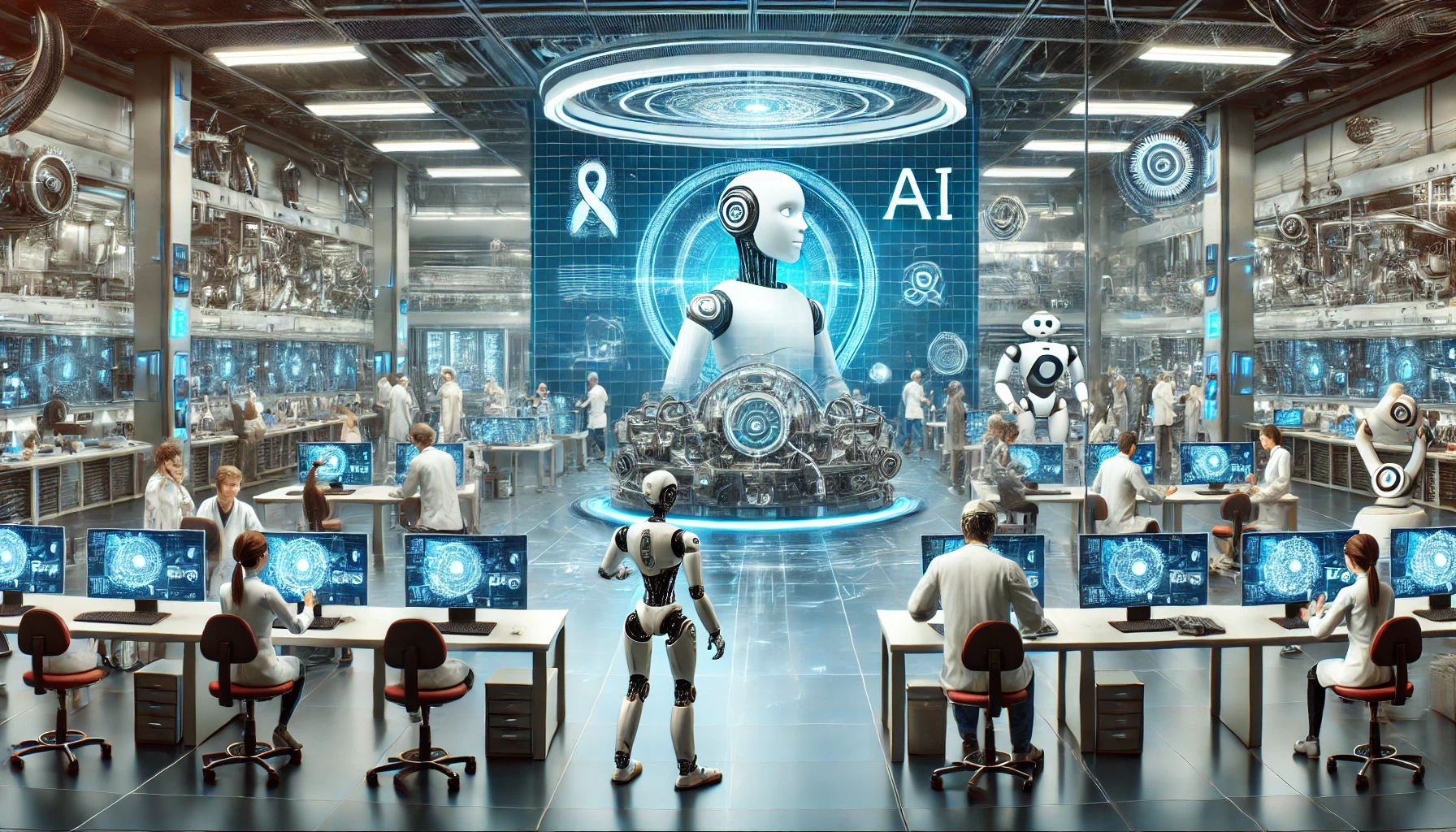
The Rise of AI-Generated Code: A Double-Edged Sword for Go Developers
As artificial intelligence continues to make strides in software development, one trend has raised both excitement and concern among seasoned developers: the increasing prevalence of AI-generated code. In a recent conversation hosted on The New Stack’s podcast, two prominent Go programming experts explored this very issue, highlighting the growing tension between productivity gains and long-term maintainability. With Go’s popularity surging in cloud-native and infrastructure tooling, the question becomes: Is AI-generated code helping or hurting the Go ecosystem?
The Allure of AI-Generated Code
AI tools like GitHub Copilot and ChatGPT promise a streamlined coding process. From autocomplete suggestions to entire function drafts, these tools transform how we write software. For newer developers or teams under tight deadlines, AI can seem like a miracle worker.
Advantages of AI-based coding assistance include:
- Faster development cycles
- Reduced barriers to entry for beginners
- Automated boilerplate generation
But beneath the surface, many Go veterans are increasingly wary of the costs associated with this apparent convenience.
“I Don’t Want to Maintain AI-Generated Code”
This was the blunt sentiment shared by the Go experts interviewed. AI-generated code, while often functional on the surface, lacks the nuanced understanding of idiomatic Go principles. The result? A proliferation of code that works—but is difficult to read, inefficient, and hard to maintain.
Why Is AI-Generated Code Problematic in Go?
- Non-idiomatic Go: One expert noted how AI tools frequently produce code that goes against Go’s design philosophy of simplicity and readability. This complicates onboarding and reviews.
- Lack of Context: AI models are trained on vast and diverse codebases, often lacking domain-specific context necessary for clean, tailored solutions in Go projects.
- Code Fragility: Without understanding the project architecture or business intent, AI can produce fragile code that breaks under edge cases or becomes technical debt rapidly.
The Maintenance Nightmare
Maintaining code is a core responsibility for engineering teams, and the Go language’s structure emphasizes long-term maintainability. When AI tools contribute bloated or unclear code, developers spend extra time dissecting and rewriting logic. “It’s almost like we’ve reversed the progress we’d made with Go being simple and minimal,” one of the speakers remarked.
The Cultural Divide: AI Enthusiasts vs. Go Traditionalists
Go’s community prides itself on clarity, rigor, and shared conventions. Developers spend effort on linting, formatting, and ensuring consistency. AI-generated code challenges those cultural norms.
Key concerns dividing the community include:
- Speed vs. Quality: AI helps ship code faster, but at what cost to system integrity?
- Beginners Leaning Heavily on AI: Newcomers risk learning inaccurate or suboptimal code patterns when relying on AI guidance over human mentorship.
- Code Review Strain: Reviewing AI-generated code adds cognitive burden to senior engineers responsible for architectural coherence.
Despite these challenges, the Go experts don’t believe AI should be discarded altogether—they advocate for more deliberate use.
Best Practices for Using AI in Go Projects
While skepticism over AI-generated code is warranted, there is a growing conversation about responsible usage. The podcast discussion centers on harnessing AI as an assistant rather than a replacement.
Guidelines to balance AI integration with code quality:
- Use AI for scaffolding, not business logic: Let AI handle basic templating but reserve critical logic and architecture for humans.
- Review rigorously: Treat every AI-authored snippet as if it came from a junior developer. Scrutinize, refine, and test thoroughly.
- Educate and mentor: Pair new developers with mentors to ensure AI doesn’t become the primary teacher.
The Future of AI and Go: A Call for Tooling and Standards
The conversation concluded with a hopeful outlook. There is acknowledgment that AI has a place in modern development workflows, but Go’s community must evolve alongside it. Contributors suggested that more tooling, improved LLM training data, and clearer idiomatic standards could help align AI-generated output with Go best practices.
What’s Next for the Go Ecosystem?
The experts envision a future where:
- AI tools are fine-tuned with Go-specific training sets
- Static analysis and linters detect and flag non-idiomatic AI code
- Educational materials help differentiate between good AI output and lazy coding
Conclusion
AI-generated code poses both promise and peril—especially in ecosystems like Go where maintainability and simplicity are paramount. Although tools like Copilot and ChatGPT are revolutionizing coding workflows, their output must be scrutinized with a critical eye. As the panel of Go experts emphasized, embracing AI doesn’t mean abandoning code quality. Instead, it’s a call to action for the community to develop smarter practices, better tooling, and a shared commitment to clean, readable code—even in the AI age.


Leave a Reply